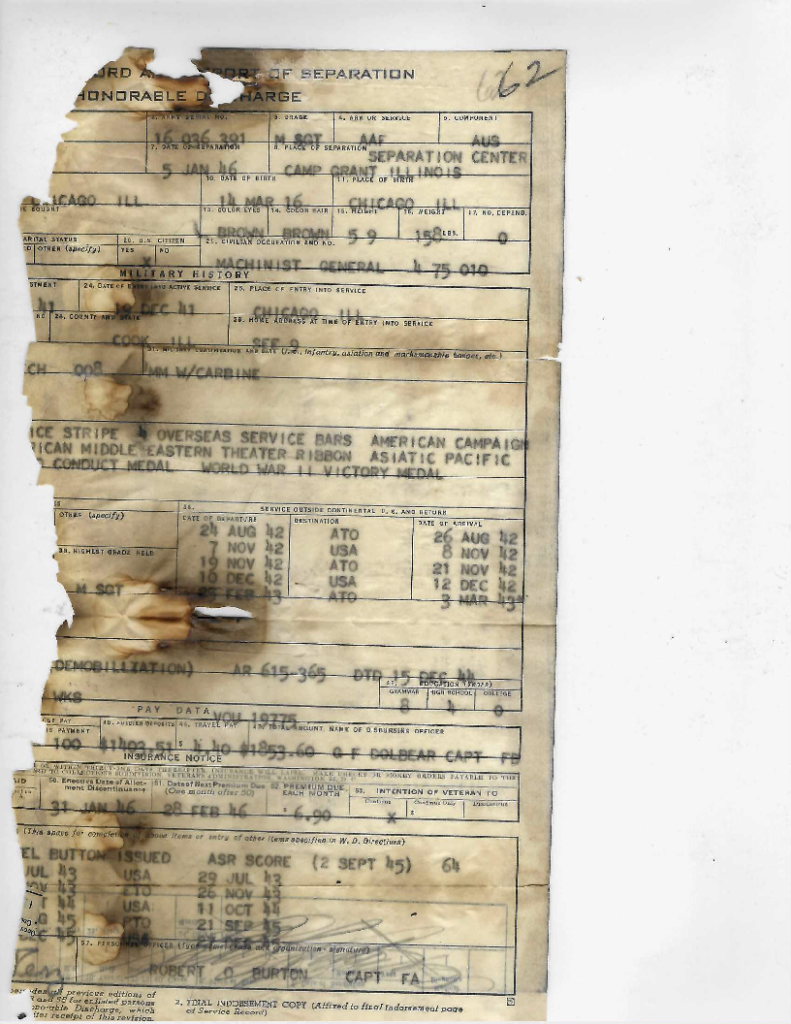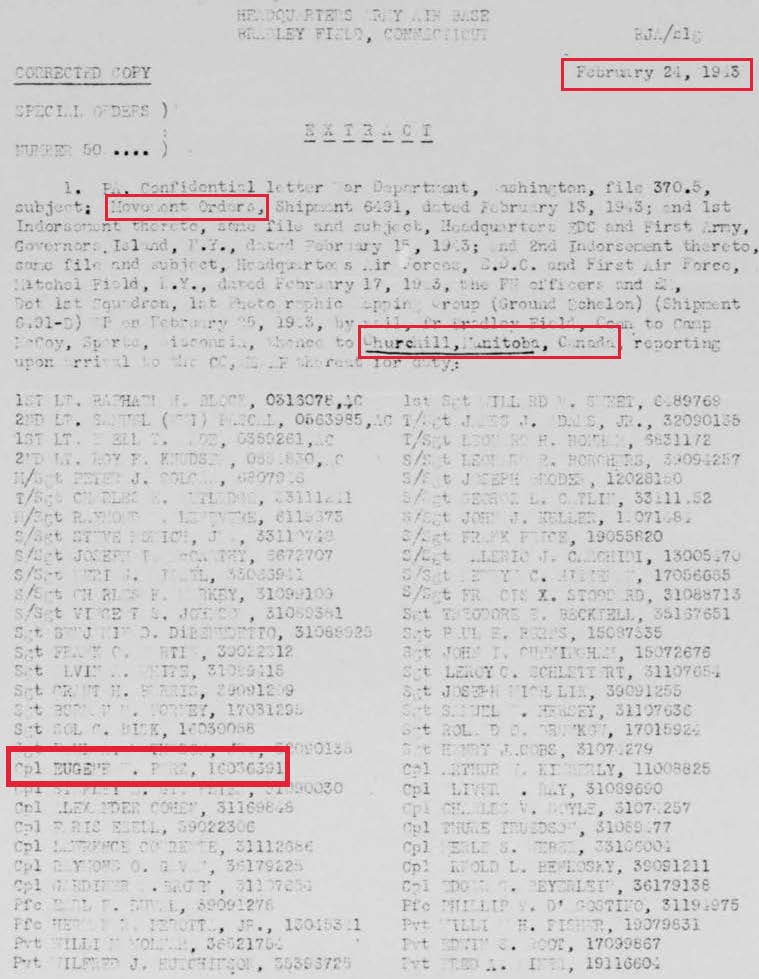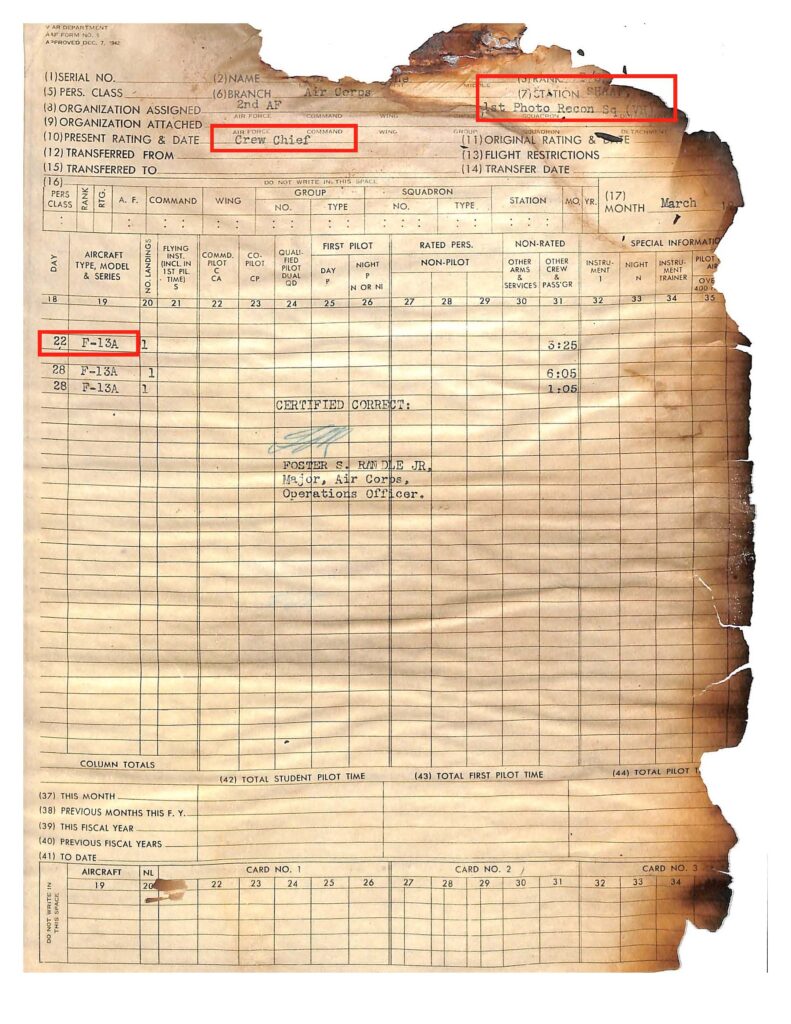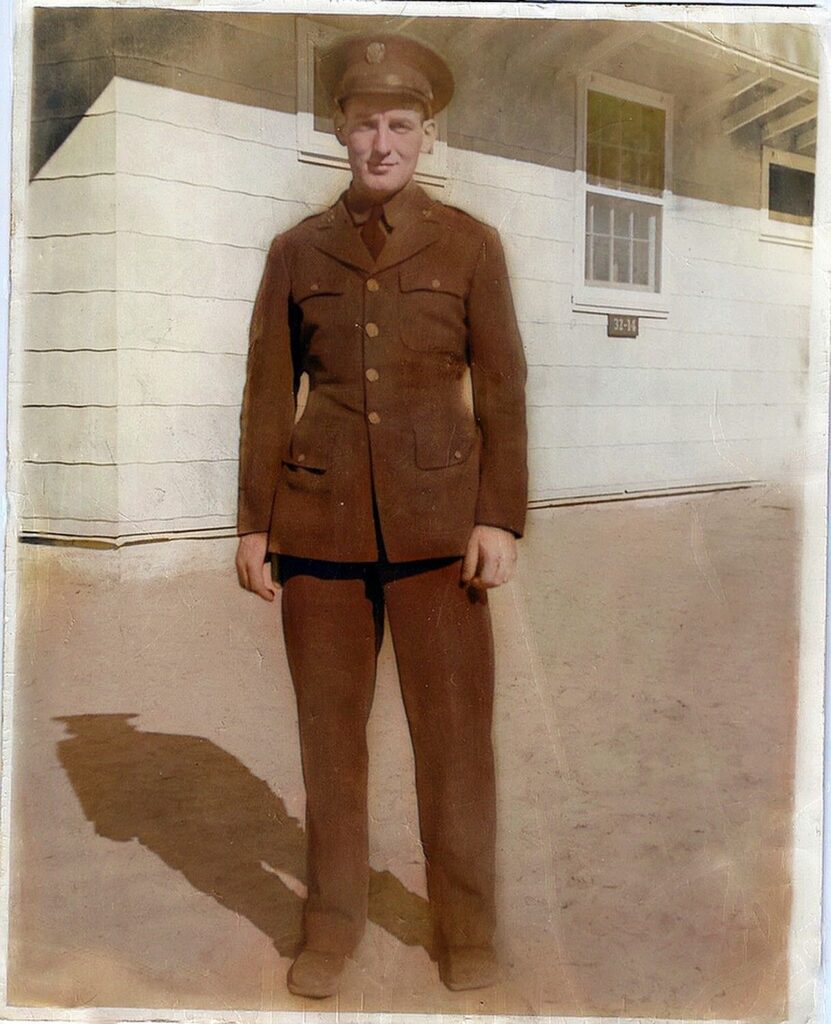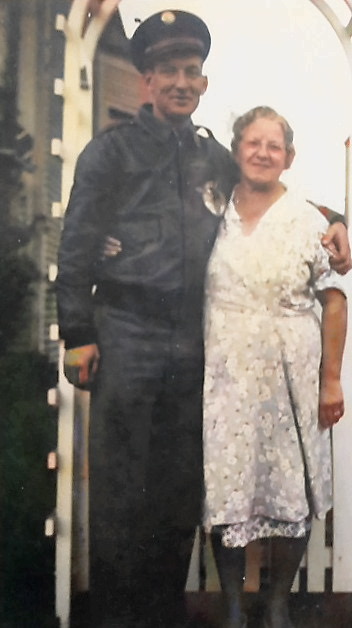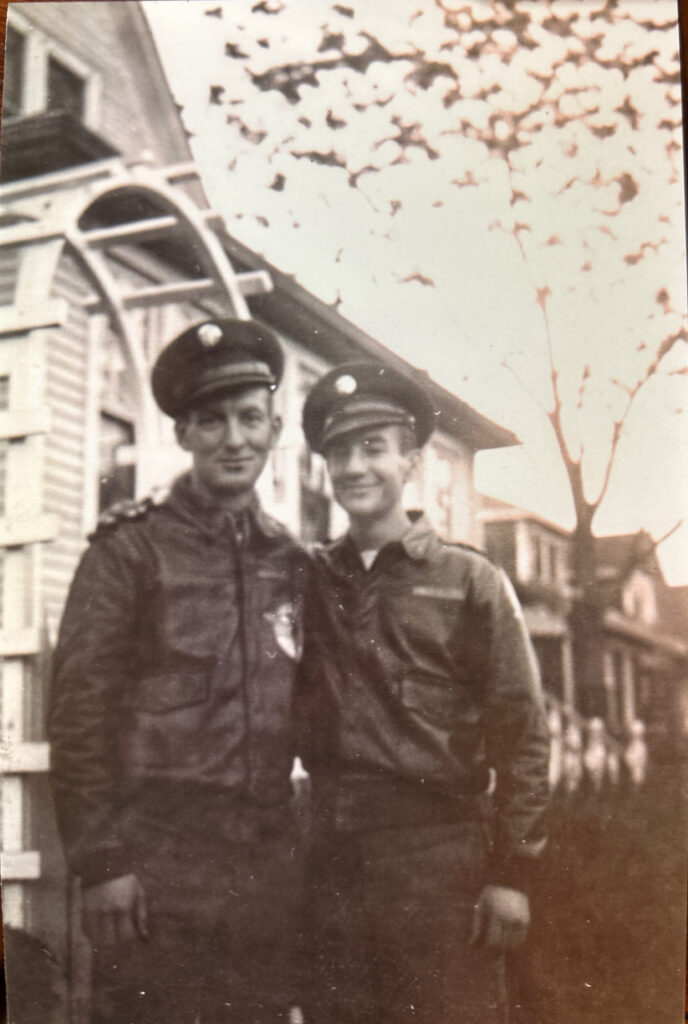MSgt Eugene W. Perz
I would like to express my sincere gratitude to the AFHRA (Air Force Historical Research Agency) and the St. Louis National Archives for their invaluable assistance in uncovering details about the service history of my Great Uncle, Eugene Perz. The records I obtained from these organizations have allowed me to confirm many significant aspects of his military career.
AFHRA
The AFHRA offers an extensive, searchable index of thousands of records, many of which are accessible by request. At the start of my research, I didn’t have Eugene’s DD-214 form, but I knew his unit: the First Mapping Group, also recorded as the 1st Mapping Group. Over time, this unit evolved into the 1st Photographic Group, the 1st Photographic Charting Squadron, and eventually the 1st Photo Reconnaissance Squadron VH (Very Heavy).
Eugene served as a Flight Engineer, and he was a crew chief for B-17s, B-25s, and B-29s. The AFHRA records include numerous rosters that mention Eugene, providing a timeline of his assignments. Each roster lists the date and location of the unit and often details the unit’s activities at that time.
The primary resource I used for tracking Eugene’s history was AFHRA Reel No. A0861, which contains the unit’s month-by-month records, starting in 1941.

Eugene Perz Records
NARA, St. Louis
A lesson about requesting an OMPF (Official Military Personnel File).
There are two types of requests for veteran’s records – Archival Requests and Non-Archival. Archival requests are for the records of veterans who separated from service 62 plus years ago from the current day of your request. My research here has been focused on archival files.
Due to the 1973 fire at the National Personnel Records Center, if you are researching an Army or Air Force veteran, 75-80% of those records were destroyed in the fire. However, they have worked hard to preserve what is left in the files, and the information can still be plentiful.
Burn Files
Eugene Perz had TWO B-files (burn files) in St. Louis. When a burn file is requested, the NARA staff pulls, cleans, and prepares what is left of the file. Pictured on the right is Eugene’s Honorable Discharge paper – or what is left of it due to the fire.
What immediately struck my interest is how many records of “Service outside the Continental U.S.” are here and how many theater’s he participated in.
There are many things to learn, even when a document has been burned.
Here I have outlined just a few things to look at.
The F-13A was a modified Boeing B-29 Superfortress aircraft used for long-range photo reconnaissance during World War II.
Eugene was the Crew Chief.
He was in the 1st Photo Recon Squadron which at that time was a part of the 2nd Air Force.
An extra fact is about who certified the flight record. At the time, he was Major Foster S. Randle Jr. but when on to retire as a Lt. Col. Through multiple records, I learned that in the first part of the war, Eugene was in Major Randle’s crew.
The Obituary of then Lt. Col Randle tells the story of where he and Eugene Perz traveled.

